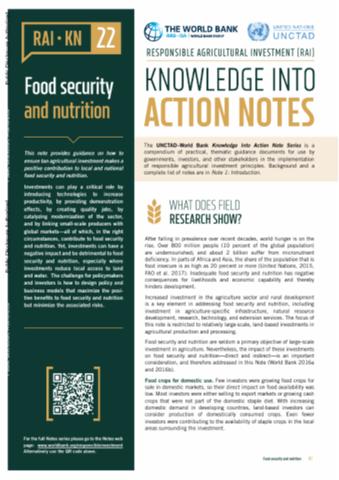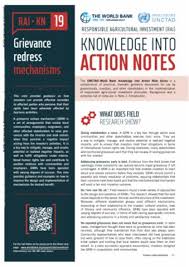In 1603, after decades of civil warfare, the Tokugawa shogunate (a military-led, dynastic government) ushered in a long period of relative political stability and isolation from foreign influence. For more than two centuries this policy enabled Japan to enjoy a flowering of its indigenous culture. Japan opened its ports after signing the Treaty of Kanagawa with the US in 1854 and began to intensively modernize and industrialize. During the late 19th and early 20th centuries, Japan became a regional power that was able to defeat the forces of both China and Russia. It occupied Korea, Formosa (Taiwan), and southern Sakhalin Island. In 1931-32 Japan occupied Manchuria, and in 1937 it launched a full-scale invasion of China. Japan attacked US forces in 1941 - triggering America's entry into World War II - and soon occupied much of East and Southeast Asia. After its defeat in World War II, Japan recovered to become an economic power and an ally of the US. While the emperor retains his throne as a symbol of national unity, elected politicians hold actual decision-making power. Following three decades of unprecedented growth, Japan's economy experienced a major slowdown starting in the 1990s, but the country remains an economic power. In March 2011, Japan's strongest-ever earthquake, and an accompanying tsunami, devastated the northeast part of Honshu island, killed thousands, and damaged several nuclear power plants. The catastrophe hobbled the country's economy and its energy infrastructure, and tested its ability to deal with humanitarian disasters. Prime Minister Shinzo ABE was reelected to office in December 2012, and has since embarked on ambitious economic and security reforms to improve Japan's economy and bolster the country's international standing.
Japan is a parliamentary constitutional monarchy.
Source: CIA World Factbook
Members:
Resources
Displaying 6 - 10 of 2722 - Food Security and Nutrition - Responsible Agricultural Investment (RAI): Knowledge into Action Notes series
This note is part of an Action Notes series and provides guidance for governments and companies on practices to reduce gender inequalities and to empower women to make a positive contribution to development through agricultural investments.
20 - Empowering Women - Responsible Agricultural Investment (RAI): Knowledge into Action Notes series
This note is part of an Action Notes series and provides guidance for governments and companies on practices to reduce gender inequalities and to empower women to make a positive contribution to development through agricultural investments.
19 - Grievance Redress Mechanisms - Responsible Agricultural Investment (RAI): Knowledge into Action Notes series
This note is part of an Action Notes series and provides guidance for governments and companies on how they can provide effective remedies to affected parties who perceive that their rights have been adversely affected by invesments.
18 - Community Development Agreements - Responsible Agricultural Investment (RAI): Knowledge into Action Notes series
This note is part of an Action Notes series and provides guidance for governments and companies on negotiating, designing, and implementing community development agreements with local communities in ways that benefit them.
17 - Training and Integrating Local People into the Workforce - Responsible Agricultural Investment (RAI): Knowledge into Action Notes series
This note is part of an Action Notes series and provides guidance for governments and companies on how to assist people from surrounding areas in gaining formal employment at the investment.






